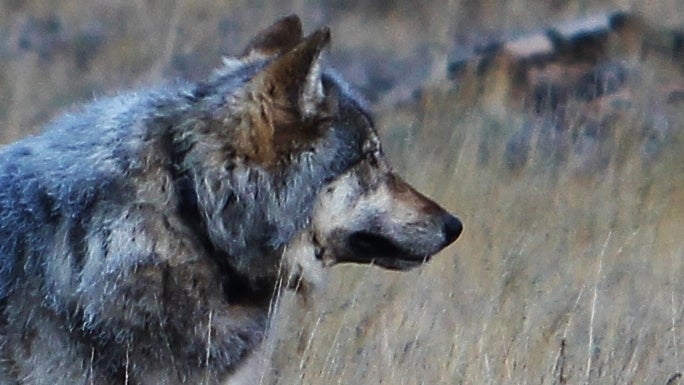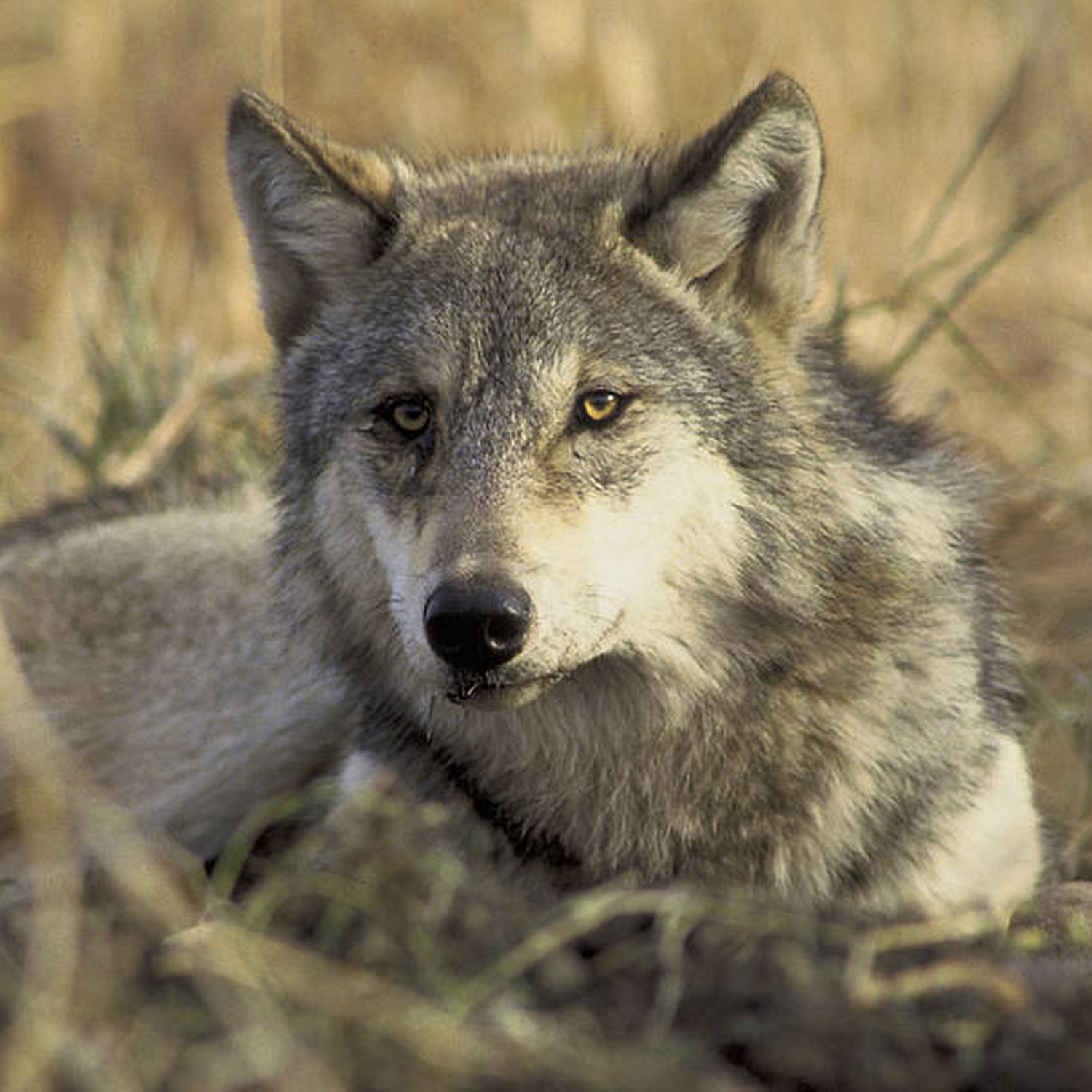By now, you’ve probably read about the lone gray wolf near the Grand Canyon. It’s the first time anyone’s seen a wolf on the Kaibab Plateau since the 1940s, and people are optimistically prophesying that the predators will repopulate their historic range.
But that probably won't happen. The wolf (assuming it is a wolf) is likely a genetic dead-end that will neither breed nor socialize with its own kind.
Wildlife officials say the large canine north of the Grand Canyon is probably a gray wolf—rather than a wolf-dog hybrid or escaped captive wolf—that dispersed from a pack in the . The clue: what appears to be an inactive radio collar around the animal’s neck. But we won’t officially know the animal’s species, gender, or the pack it came from until it steps into a U.S. Fish and Wildlife Service leg-hold trap or officials analyze its DNA from scat. DNA analysis is already underway, and results are expected late next week.
If officials can trap the wolf, they will draw blood samples from it and outfit it with a working radio collar. The wolf is fully protected by the Endangered Species Act.
So why did this wolf end up near the Grand Canyon? Leaving the pack is a normal part of wolf behavior. Every pack is a “dispersal pump” that turns out about half its members every year, usually in spring and fall, reports David Mech, a biologist with the U.S. Geological Survey and adjunct professor at the University of Minnesota who's studied wolves since 1958. Any offspring that doesn’t find a breeding position within its natal pack will disperse from it.
Long-range dispersals, like those of two Yellowstone wolves that in 2004 and 2009, are less common and riskier. If the animal on the Kaibab Plateau turns out to be a gray wolf, it walked a 500-mile straight-line distance from the Yellowstone area. That’s an impressive jaunt, but it’s not unheard of.

While wildlife advocacy groups have applauded the purported gray wolf in northern Arizona for reclaiming “,” the individual has little chance of reproducing or even socializing with other wolves. Essentially, the animal is a genetic dead-end—unless a wolf of the opposite gender joins it or it returns to its home range, which, granted, has been documented in the past. But it's unlikely. The Grand Canyon and the Colorado River provide natural barriers to the wolf going south or east from the Kaibab Plateau.
The silver lining is that the Kaibab Plateau, which reaches an elevation of about 9,000 feet and averages more than 100 inches of snow annually, is a good place for a wolf to spend the winter. It sits almost entirely within Kaibab National Forest and is known for its trophy mule deer population, potentially a reliable food source for a wolf. The Arizona Department of Transportation will close the main highway through the area, US Highway 67, in late November or early December. All facilities on the North Rim of the Grand Canyon are closed during winter limiting the amount of interaction the wolf may have with people.
If biologists can capture the animal, they should be able to identify it. But catching a lone wolf in new territory isn't easy.
“It’s like trying to catch a ghost in a forest,” said Sherry Barrett, FWS Mexican Wolf Recovery coordinator. “Setting the trap is not difficult. Knowing where to put the trap is actually quite difficult.”


